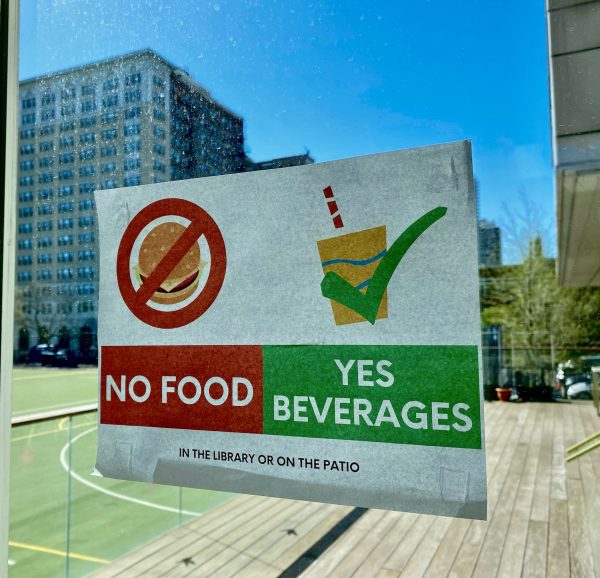The Historic Art Tiles
The Story Behind The Tiles
On homecoming weekend, alumni returned to the hallways of Parker to find that their tiles, which had been demolished when the new science wing was rebuilt, had reappeared on the wall in front of the library. They were slightly smaller, and in a new material, but it was definitely the same tiles. Parker had finally made good on its promise to print up new tiles using the photographs it had taken of the 200 it had to tear down for construction.
Officials first introduced the idea of creating tiles when the school building was built in 1962 in an effort to beautify the bare cinder blocks. It has now become a tradition — growing from a fundraising effort into a way for graduates to leave behind a piece of themselves after a decades-long lapse.
In the 1960s, students painted on the tiles, leaving additional space at the bottom of the tiles for a name to be placed — in return for a donation to the school. These names were not the artists’, but the donors’.
“It also began to have a modest sort of fundraising component to it,” Principal Dan Frank said. “When people come back to visit, they ask, ‘hey where’s my tile?’”
Back then, only fourth graders were the artists, and they worked in two phases: design and then the actual painting. After these phases were completed, the tiles would be sent to people, who would then print the donor’s/artist’s name underneath the design, and then organize putting it up.
This system eventually lost steam, and no new tiles were put for several decades, until the tradition was revived by gym teacher Willie Banks and Intermediate and Middle School Dean of Student Life Siobhan Allen.
Today there’s no fundraising — any student who comes to Parker after fourth grade makes a tile another year, usually the one they come.
“So I thought, ‘That doesn’t quite fit Parker’s philosophy,’” Frank said. “We want everyone engaged and to have that open democratic feel — every student should have the opportunity to have a kind of legalized graffiti.”
Former fourth graders who have done the project wish that they had had more time to think about it, instead of the two or so classes they had to spend on it.
“I wish I had known the significance of the tile project before I was doing it,” freshman Zuri Mabrey-Wakefield said. “I’m happy with my design, but I wish I had been given a chance to think about it more.”
The materials have changed over time. In the beginning, artists used ceramic tiles. Now they use masonite tiles and acrylic paint. The sizes have also shrunk from six by six inches to four by four inches.
When art teacher Deborah Cole introduces the project, she encourages fourth graders to choose a design that is related to them, the school, of the city of Chicago. Students often choose to make cartoon characters, however.
“A lot of times right now, they are choosing a lot of cartoon kind of characters,” Cole said, “and I would like them to do more personal things that are coming from their own interest.”
Right now popular designs include images of sports equipment, or characters from a favorite TV show or movie. Artist also choose to do a pattern they like, or an original personalized design.
“Some are kind of cute and funny, some have a nice sense of design to it,” Frank said. “I am certainly drawn to the people and their names and remembering certain people over the course of time.”












